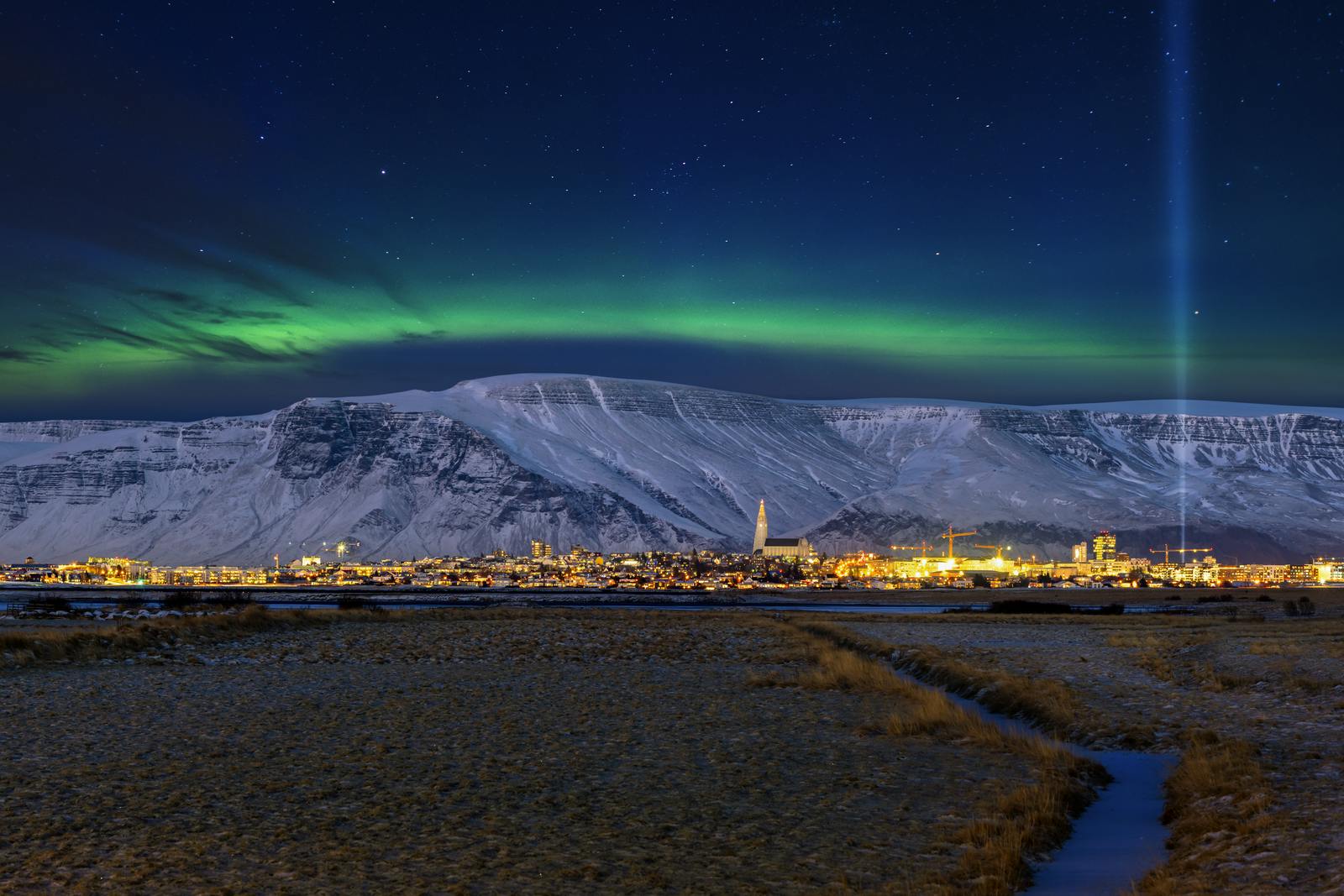
History of Reykjavik
The history of Reykjavik, the capital of Iceland, spans over a millennium, with its roots going back to the late 9th century. Once a humble farm founded by Ingólfur Arnarson and his wife Hallveig Fróðadóttir in 874, Reykjavik has evolved over the centuries into one of Europe's most captivating capital cities. To better understand Reykjavik's history and development, let's delve into its origins and the factors that have shaped its identity.
The Origins of Reykjavik
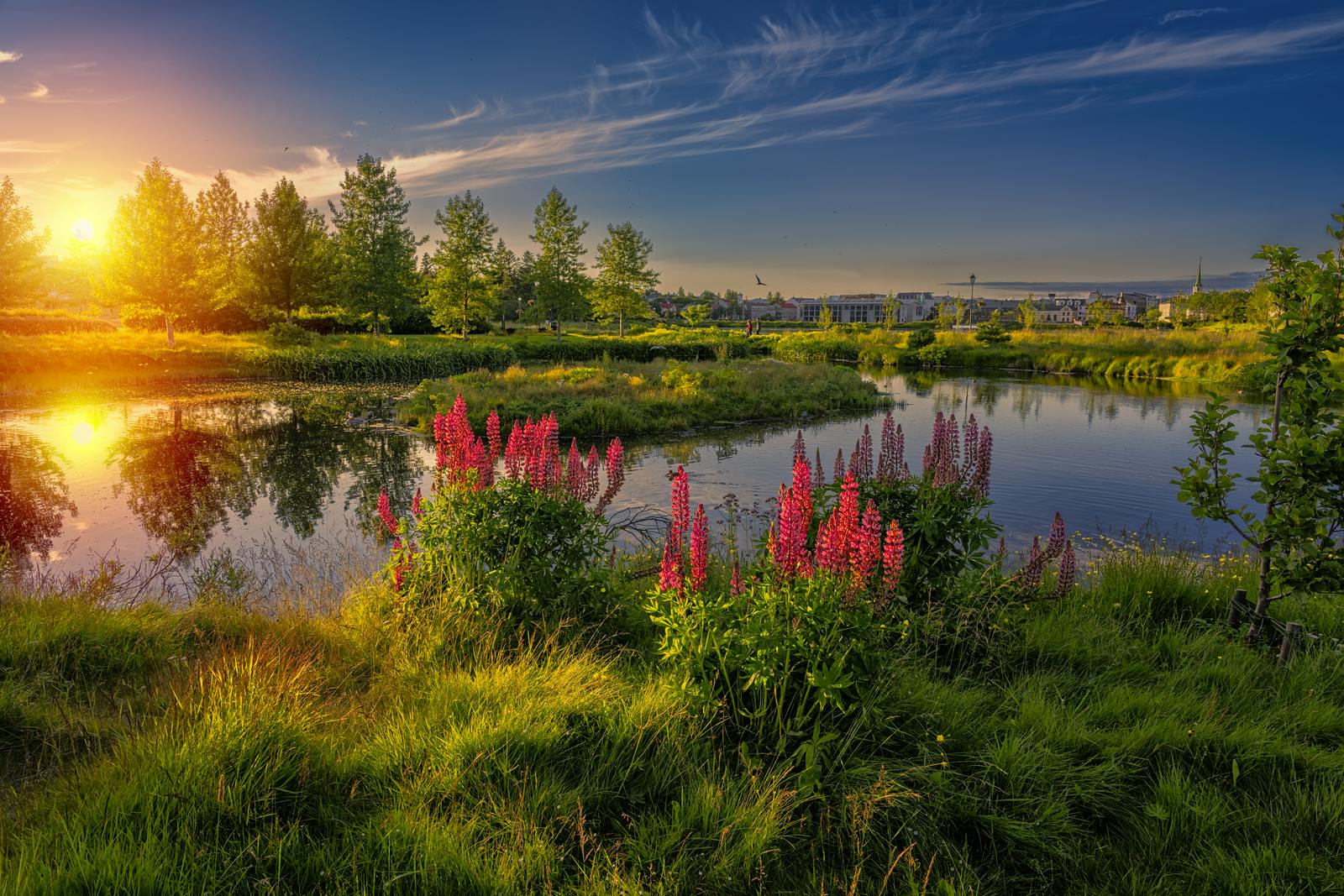
Ingólfur Arnarson, a Norseman, is credited with founding Reykjavik as a farmstead in the late 9th century. He named the location "smoky bay" due to the presence of steam rising from the ground. Unbeknownst to him and his fellow settlers, this phenomenon was actually the result of geothermal activity caused by volcanic forces beneath the earth's surface. At that time, Reykjavik was merely a farm, far from the bustling urban centre it would eventually become.
Reykjavik's Metamorphosis into a Capital
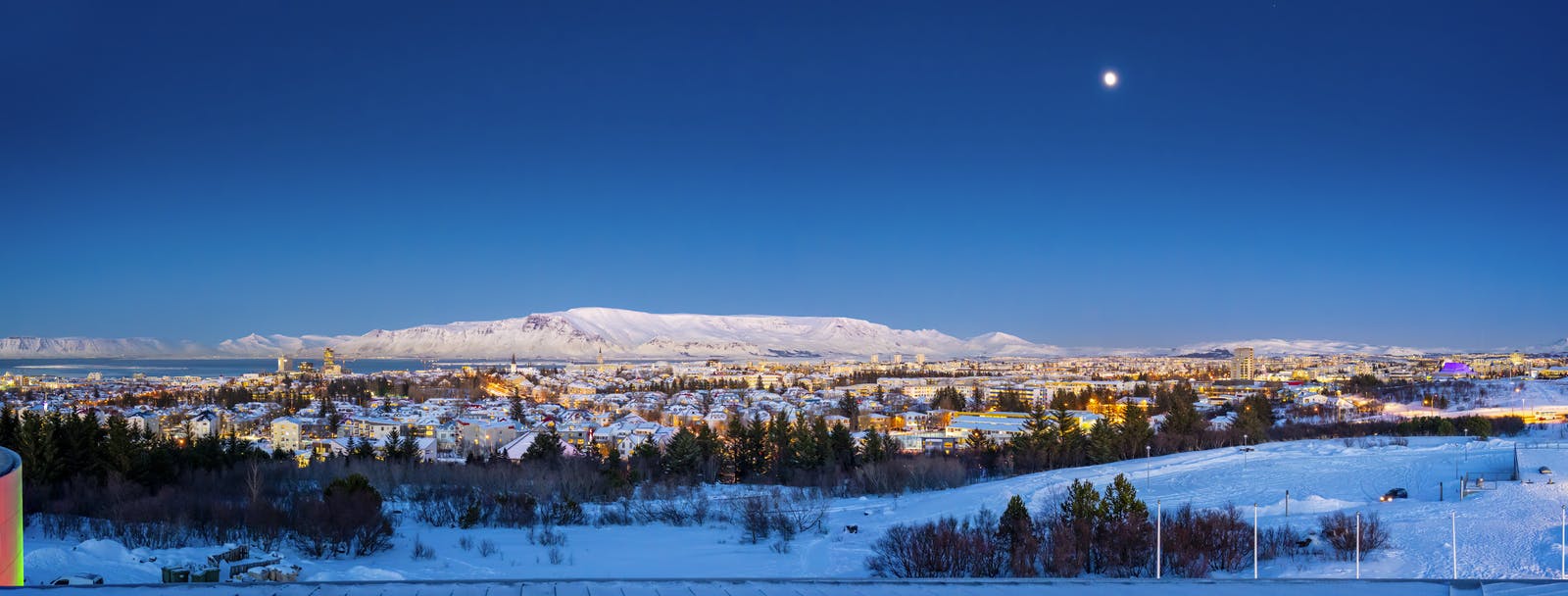
Reykjavik's metamorphosis into the capital of Iceland started to take shape in the 18th century, largely thanks to the vision of Icelandic entrepreneur named Skuli Magnusson. Recognizing the potential of the local farmland for the wool industry, Skúli Magnusson set up workshops to capitalize on this valuable resource. This proved to be a pivotal moment in Reykjavik's evolution.
In 1786, Reykjavik was granted a trading charter, which led to the development of a bustling port and further settlement growth. This burgeoning economic activity made Reykjavik an attractive candidate when the time came to relocate the Althing, Iceland's national assembly. Consequently, the town was chosen as the new seat of decision-making in Iceland and eventually as the capital of the Danish colony.
Throughout the years, Denmark gradually relaxed its control over Iceland, allowing the nation to grow more autonomous. In 1944, Iceland finally achieved complete independence and Reykjavik's status as the capital city was solidified. This milestone marked the beginning of a new era of growth and development for Reykjavik as it embraced its role as a true capital city.
History of Reykjavík's Shaping Through Geothermal Activity
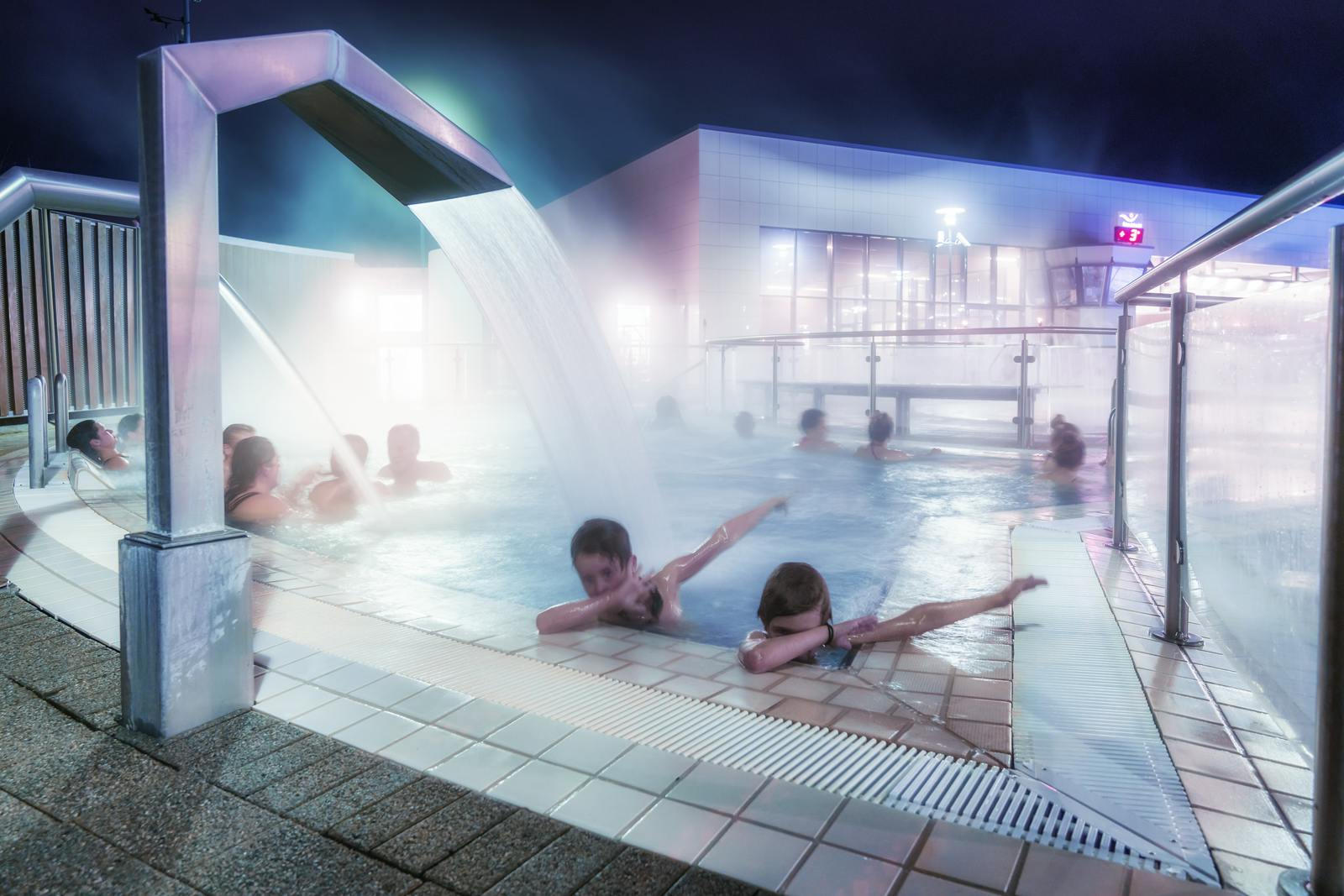
Geothermal activity has been a significant factor in Reykjavik's development throughout its history. In the early days, the steam rising from the ground was a source of wonder and mystery for the settlers.
As the understanding of volcanic activity grew, the people of Reykjavik harnessed geothermal energy for various purposes, the women of the town did laundry in the hot springs that got the name Laundry Hot Springs (Þvottalaugar). Later they were used for a swimming pool and finally for heating homes and public spaces. Today, geothermal energy remains a vital aspect of Reykjavik's character, contributing to the city's sustainability efforts and its status as a leader in renewable energy.
Top History Museums in Reykjavík
As you visit these cultural institutions, you will better appreciate the events and people that have shaped Reykjavik's unique history. Whether you're a history enthusiast or simply curious about the city's past, these museums provide an invaluable opportunity to connect with the roots of Reykjavik and the people who once called it home
1. The Settlement Exhibition
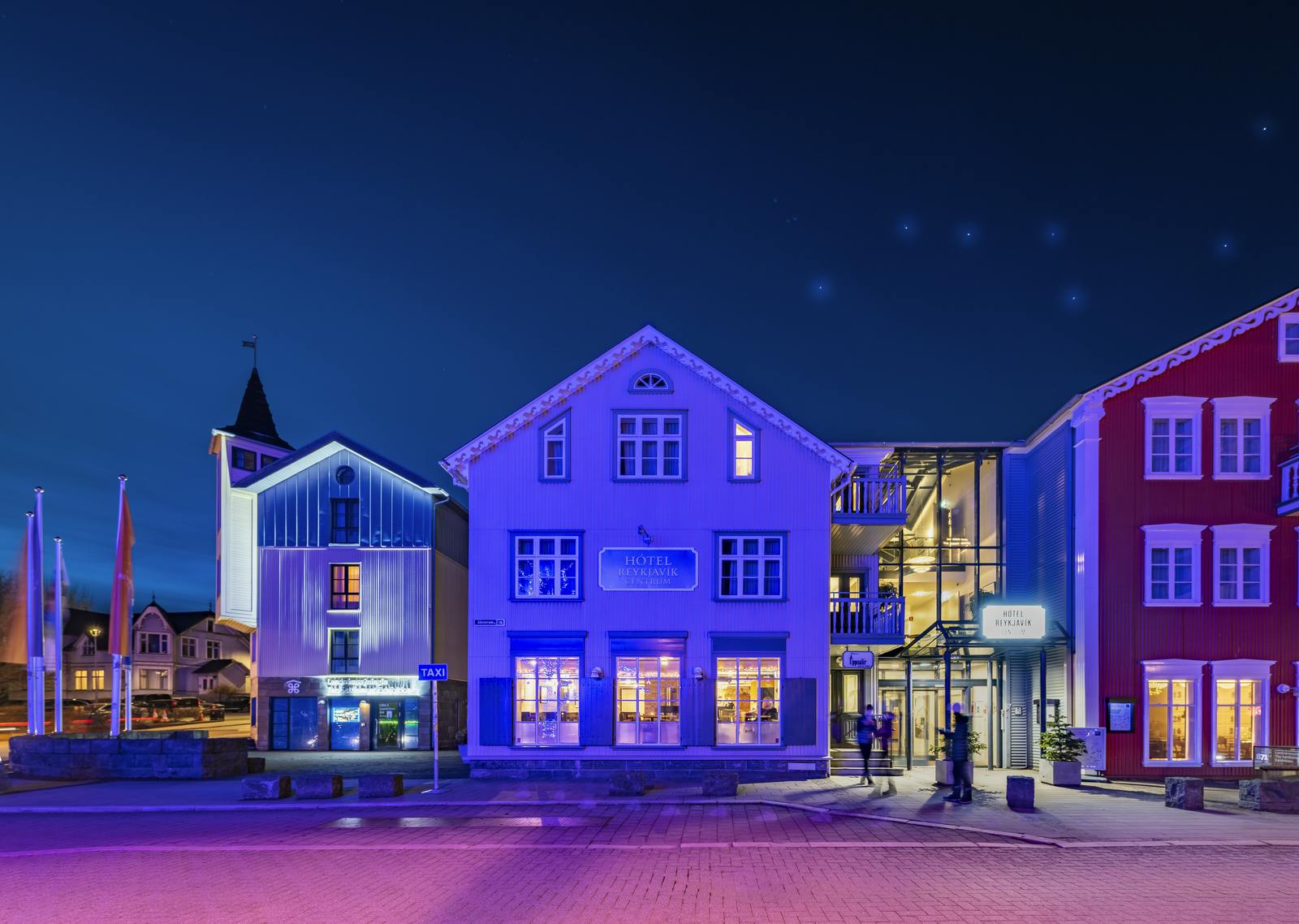
Embarking on a journey through Reykjavik's history is best done by beginning with The Settlement Exhibition, located on Aðalstræti. This captivating museum offers an insight into the early days of Reykjavik's settlement, showcasing some remarkable finds. One such discovery is a fragment of a wall that once belonged to a turf structure believed to have been built before 875 AD.
The primary focus is the remnants of a longhouse, which archaeologists believe was inhabited between 930 and 1000 AD. A detailed 3D image illustrates what the structure would have looked like in its prime, while the exhibition notes delve into the construction techniques most likely employed by the settlers.
Adding to the museum's allure is a new display entitled "Reykjavik – the story continues." This exhibition allows visitors to explore the oldest building in downtown Reykjavik, dating back to 1762, and located on Aðalstræti. By immersing yourself in this engaging exhibit, you will gain a deeper understanding of the historical development of Reykjavik over the centuries.
2. The National Museum of Iceland
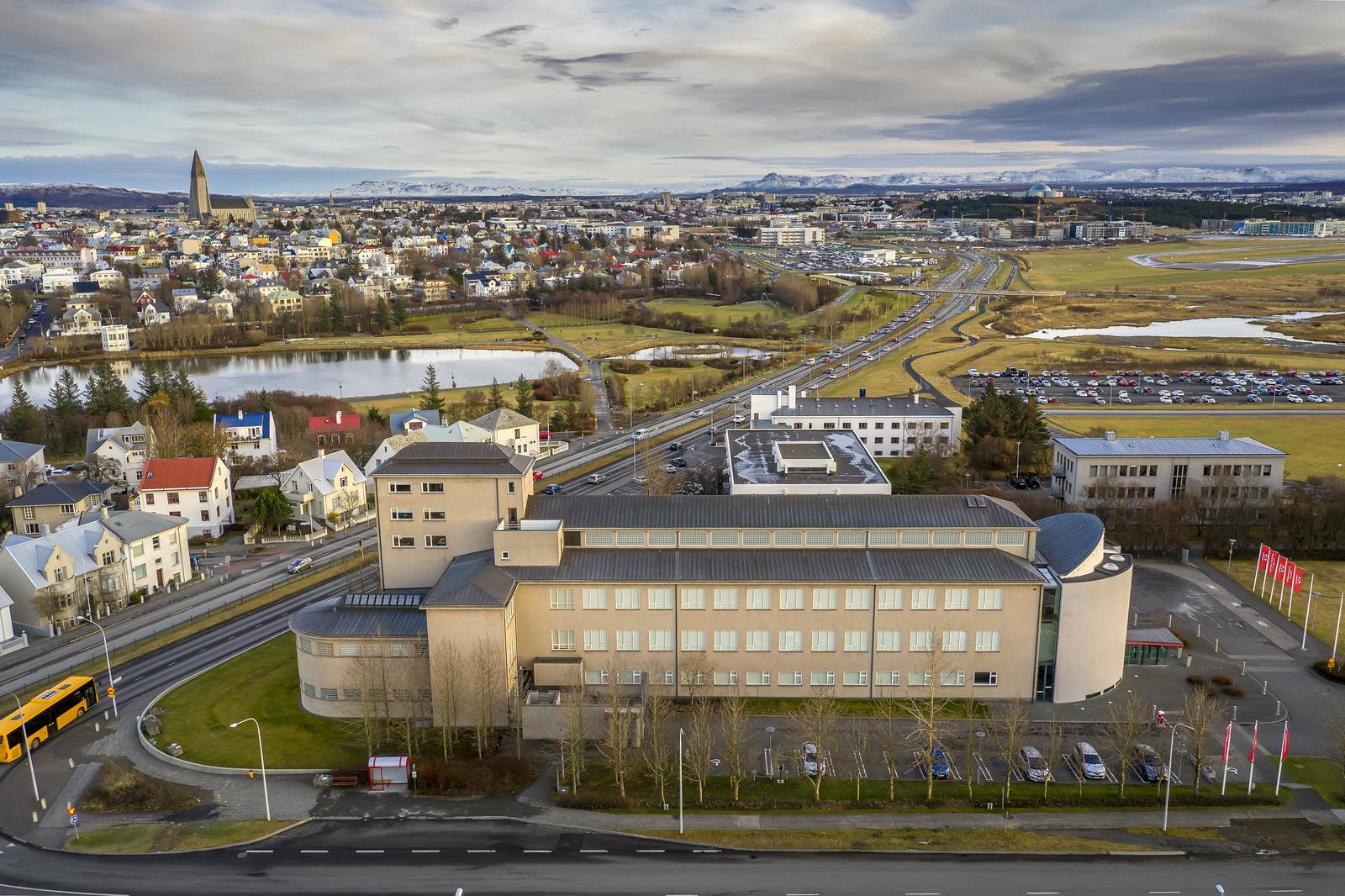
Should your time in Reykjavik be limited, the National Museum of Iceland, also known as Þjóðminjasafns Íslands, should be at the top of your list of historical museums to visit. This museum explores Icelandic history beyond Reykjavik to encompass the entire nation.
Featuring a permanent exhibition titled "Making of a Nation – Heritage and History in Iceland," the museum guides visitors through a chronological journey of the key events that have shaped Iceland, from the Viking era to the modern day. This all-encompassing overview provides invaluable context to better understand and appreciate the broader historical narrative of the country.
The National Museum of Iceland offers a unique opportunity to delve into the heart of the nation's history and cultural heritage. By exploring its extensive exhibits, you'll gain insight into the stories, traditions, and events that have come to define Iceland and its people. Whether you're a casual visitor or a dedicated history buff, the National Museum of Iceland is an essential stop to fully experience the depth and breadth of the country's fascinating past.
3. Perlan
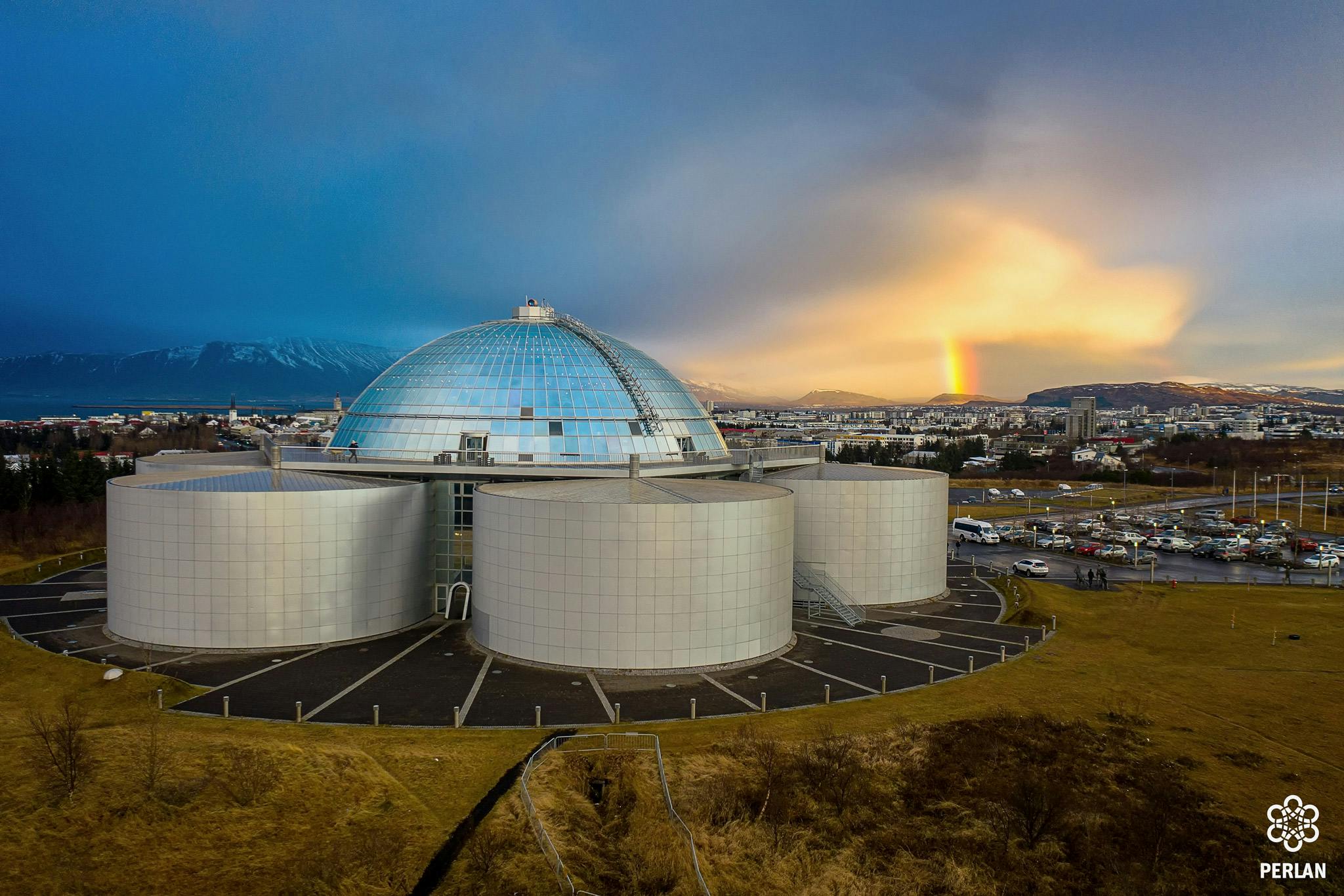
To truly appreciate Reykjavik's unique location and natural surroundings, visiting Perlan's observation deck is highly recommended. Situated atop Öskjuhlíð hill, the deck offers panoramic views of the city below, extending to Faxaflói Bay and the majestic Mount Esja in the distance. This vantage point provides a glimpse into the captivating landscape that once drew Ingólfur Arnarson to settle in the area.
At Perlan, one of the most captivating exhibits is the "Timeline of Iceland," which takes visitors on an enthralling journey through the country's extraordinary geological history. Iceland's story is of constant transformation and rebirth. Its rich narrative is documented in fossil records, geological formations, ancient myths, and modern histories. The exhibit allows you to explore the evolution of Iceland's diverse flora and fauna, shedding light on the forces that have shaped this unique land.
Check out all exhibitions Perlan has to offer!
4. Árbær Open Air Museum
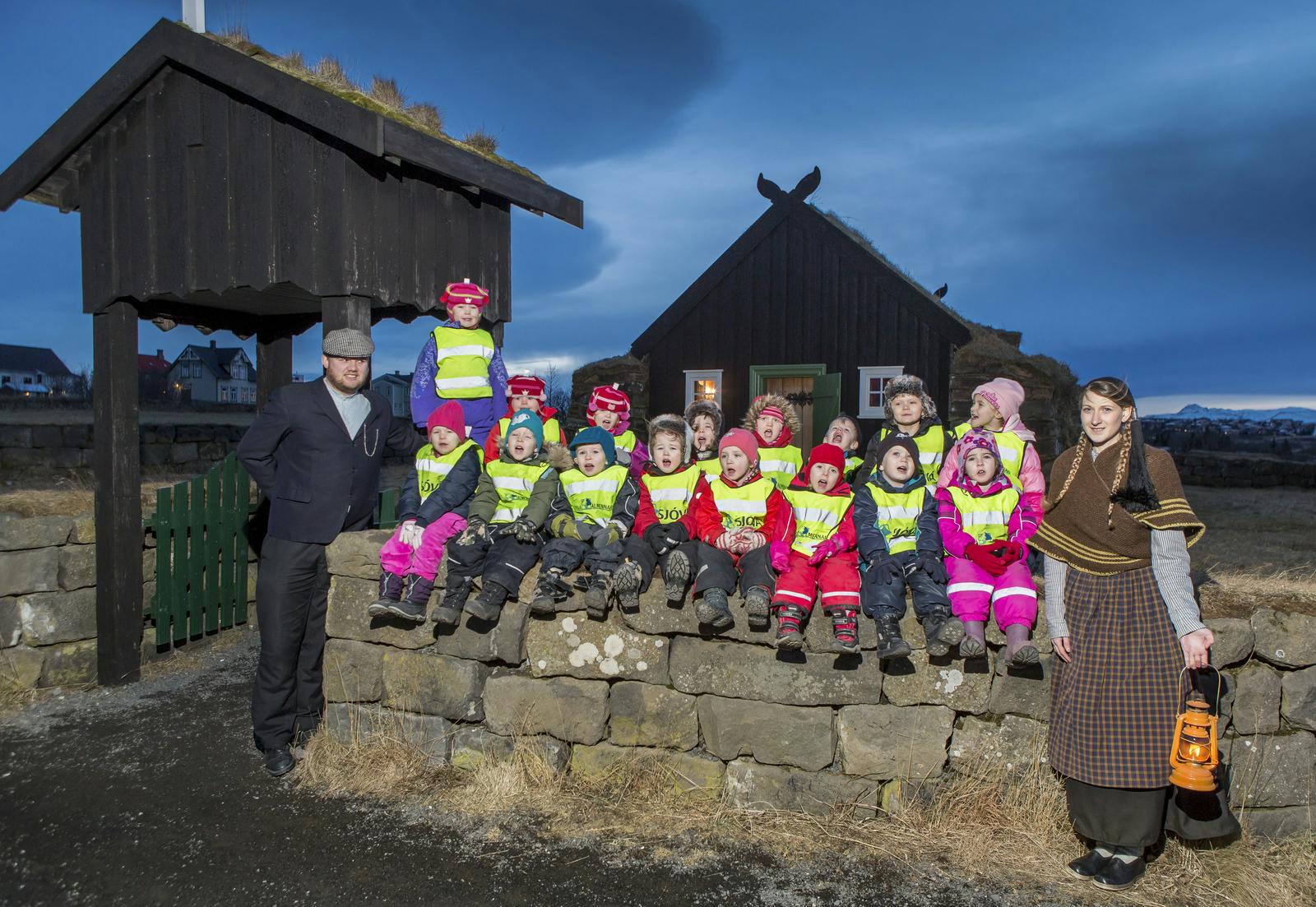
Located just a short drive from Reykjavik's city centre, Árbær Open Air Museum is a must-visit for those interested in delving into the history of Reykjavik and experiencing its living heritage. Situated on the grounds of a historic farm, the museum features a diverse collection of buildings that authentically represent the past.
Some of these structures are faithful reconstructions, while others have been relocated to the museum from various parts of Reykjavik. A few even remain in their original locations on the site. Together, these buildings paint a vivid picture of what life would have been like in the Reykjavik area in days gone by.
To enhance your experience at Árbær Open Air Museum, plan your visit to coincide with one of the museum's special event days. These events provide an immersive journey into Reykjavik's history, offering a unique opportunity to witness firsthand the customs, traditions, and daily life of the past.
Museums in Iceland
Exploring the history of Reykjavik and Iceland is a captivating and enlightening journey that reveals the rich cultural heritage and unique geological wonders of this remarkable island nation. Visiting top history museums such as The Settlement Exhibition, the National Museum of Iceland, Árbær Open Air Museum, and the engaging exhibits at Perlan will give you a deeper understanding of the forces that have shaped Reykjavik and Iceland over the centuries.
As you immerse yourself in this great country's stories, traditions, and landscapes, you'll gain a newfound appreciation for its past and an enduring connection to its vibrant present and promising future.
For more of our favourite museums, read:
- The 7 Best Museums in Reykjavik
- Best Museums and Exhibitions in Iceland
- Volcano Museums and Exhibitions in Iceland
History of Reykjavík FAQ
When was Reykjavik founded and by whom?
Reykjavik was founded as a farmstead in 874 AD by Norse settler Ingólfur Arnarson and his people, making it the first permanent settlement in Iceland.
Why is Reykjavik significant in Icelandic history?
Reykjavik is significant as the site of Iceland’s first settlement, its capital, and the cultural, economic, and political heart of the nation.
What are some key historical events that took place in Reykjavik?
Key events include the establishment of the Alþingi (parliament) in 930 AD, Iceland’s independence from Denmark in 1944, and the Reykjavík Summit in 1986 between Reagan and Gorbachev.
How did Reykjavik develop during the Viking Age?
During the Viking Age, Reykjavik developed as a farming community and gradually became a central hub for trade and governance in Iceland.
What are some historical landmarks to visit in Reykjavik?
Notable landmarks include the Alþingishúsið (Parliament House), Hallgrímskirkja church, and the National Museum of Iceland, which offer insights into Reykjavik’s history and heritage.








